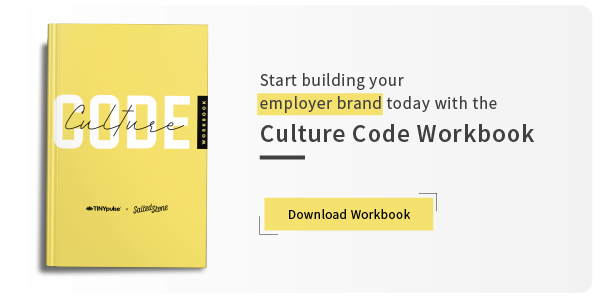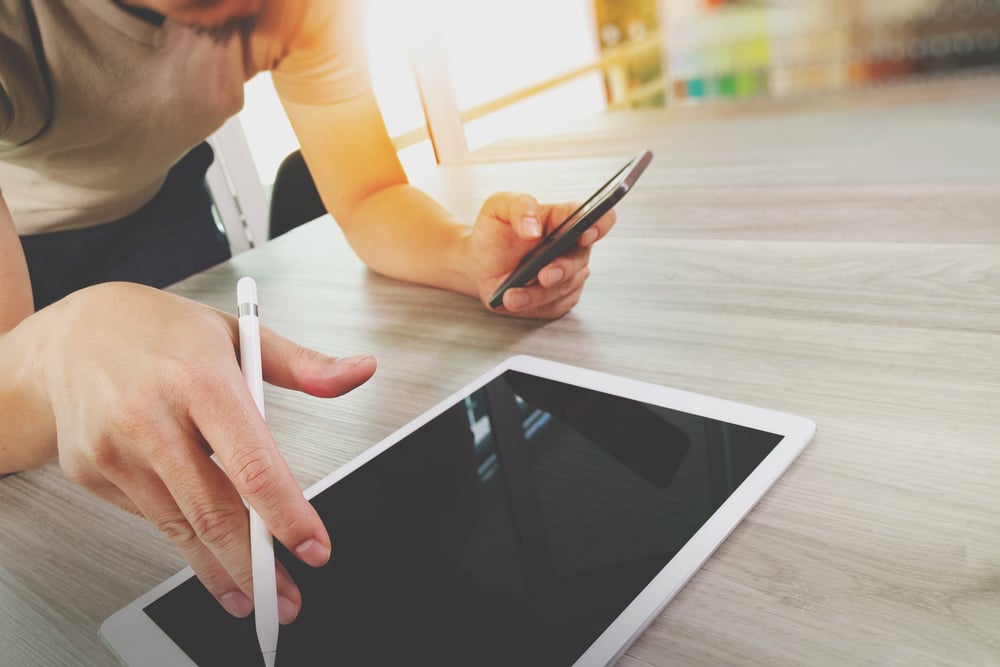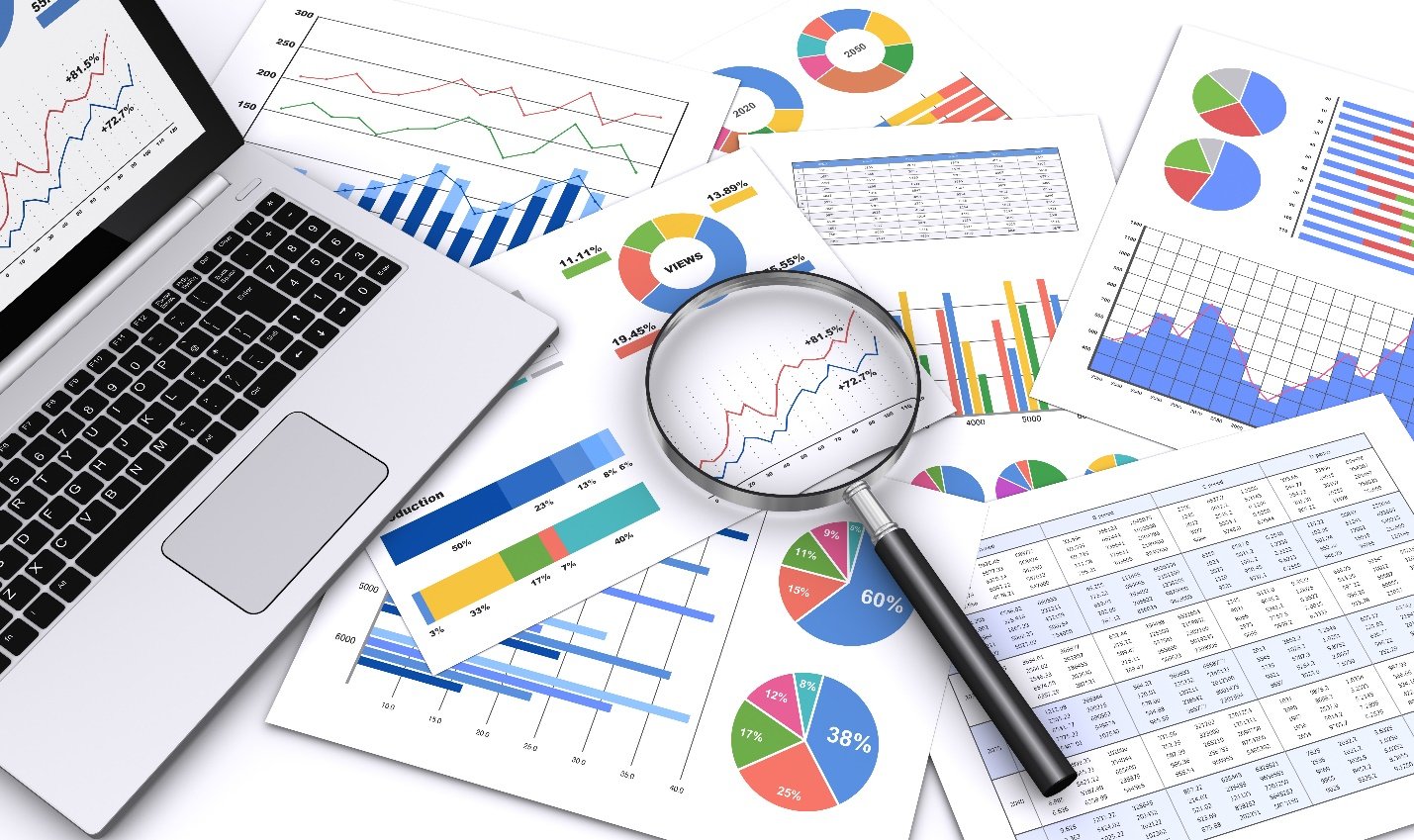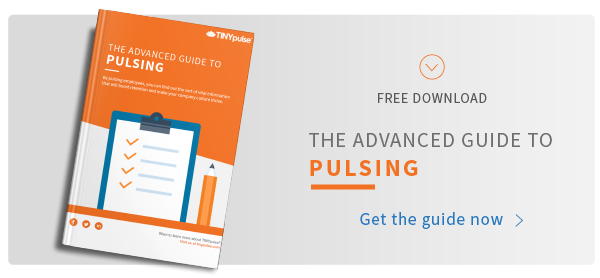10 Questions You Need to Ask in Your First Employee Survey
The HR Guide to Designing Employee Surveys
Employee survey results aren't reliable.
It's an argument we hear from time to time. There are even several examples of survey failures.
But is it true?
Not quite.
There is a problem. It just doesn't lie with surveys itself.
It starts with survey design.
When you design surveys using research-backed methods and use questions employees understand, surveys can give you the data you need to make informed decisions.
From increased employee engagement to lower turnover, employees can provide your organization with tremendous benefits.
HR leaders are essential to successful employee surveys
As an HR professional, you’re no stranger to employee engagement. Understanding what drives it is what helps your leadership team make informed decisions and foster a company culture of engagement.
That’s why HR plays such a crucial role in the survey process. As an intermediary between employees, managers, and leadership, you are uniquely positioned to take the lead on employee surveys.
This often includes survey design and development, creating a communications plan, supporting managers, and interpreting survey results.
Whether you're just starting surveys or you’re rethinking your approach, using evidence-based practices can help you design a more effective survey.
By asking the right questions, you will get more reliable results and better insights into the health of your organization.
How to design a science-backed employee survey for the first time
Designing an employee survey of any kind can be challenging. Following these best practices ensures your employees understand what you’re asking — which leads to more reliable and more actionable results.
Let your organizational objectives guide your survey design
Before you start designing your survey, take a close look at your organization’s objectives and values. Your organization’s objectives and values give you a survey design roadmap and help you identify key overarching themes for your survey questions.
For example, if one of your company’s goals is to develop strong leaders, asking your employees about the leadership team and individual managers is crucial.
READ MORE: 14 Employee Survey Questions on Management Effectiveness
Tying your survey to your organizational objectives also ensures the data you’re collecting is relevant and meaningful throughout your entire organization.
Don’t make your survey too long
Have you ever taken a survey that seems like it will never end? For most people, taking long surveys causes what’s known as survey fatigue. When a survey participant gets overwhelmed, tired, or bored, response quality decreases.
So what’s the ideal survey length?
The Society of Human Resources Management (SHRM) recommends that a general employee survey, like your annual employee engagement survey, should contain less than 75 questions and take no more than 20 to 30 minutes to complete.
For other surveys, shorter is usually better. Research shows that shorter surveys are more reliable and have better response rates. If you have a lot of questions you want to ask, it’s often a good idea to break them into shorter, more frequent pulse surveys.
Even a survey asking just a single question can produce better data than a survey with 100-plus questions.
Quantify survey data as much as possible
When you design your survey, you have two types of questions you can ask: qualitative and quantitative questions.
With qualitative questions, your employees enter their own responses. Quantitative questions, on the other hand, require the participant to select or rank responses. This provides numerical data you can analyze more easily.
READ MORE: How to Analyze Your Employee Survey Results
Of course, open-ended questions have their place. But they also take more time to interpret and find overarching themes in your results.
Try to keep these to a minimum to make data analysis easier.
Use positively worded questions instead of negative
When you're writing your survey questions, be mindful of the way you present information.
Several studies have indicated that when negatively worded questions are mixed with positively worded ones, survey respondents are less likely to understand the question. Surveys that had all positively worded statements, however, were shown to be much more accurate.
READ MORE: Get More Responses to Your Employee Survey with One Email
Although there are times when it’s necessary to use negatively worded questions, most can easily be rephrased in a positive manner. For example, instead of “I don’t feel comfortable giving my manager feedback,” you can use “I feel comfortable giving my manager feedback.”
This will not only help your respondents, it will also make it easier for your team to analyze your results and accurately present the information to your leadership team.
Use a 5-point survey rating scale
Once you’ve developed your survey questions, you’ll need to decide your response options. Even with quantitative questions, the response options you offer can unintentionally influence results.
Offering too many options can result in misleading results or irrelevant data. On the surface, providing more options seems like it would provide better insights.
In reality, however, it may be difficult for your employees to differentiate between the options. This increases cognitive load and means your respondents are spending more time trying to formulate an answer than need be.
One the other hand, scales that are too small can also be problematic. Take, for instance, a typical four-point scale:
- Strongly disagree
- Disagree
- Agree
- Strongly agree
Notice that there is no neutral option or way to “opt out” of the question if it doesn’t apply. Research has shown that a lack of a neutral option can lead to distorted results.
A five-point scale is a research-backed alternative. By offering your employees just enough options and keeping your scale consistent, you get more reliable responses. It’s that simple.
10 essential employee sample survey questions you need to ask
When you’re just getting started with employee surveys, your first goal should be getting a baseline of how your organization’s doing. With this data in hand, you can prioritize areas for improvement and delve into what’s behind the challenges your company faces.
Here’s a template of the 10 most important survey questions to ask when you first start surveying your employees.
1. What is one change you'd make to improve your daily work experience here?
When workplace surveys are new to your employees, it’s important to warm them up to the idea.
By asking for their input on how they’d improve their daily work experience, you show them you want to listen to their concerns. This open-ended question gives them the freedom to say exactly what’s on their mind and helps them see that the answers they provide have the potential to positively affect them.
READ MORE: The Ultimate Guide to Employee Survey Questions
When you ask an open-ended question, your employees aren’t limited to predetermined answers. More than likely, you will get a wide-range of responses — many of which will be very eye-opening for your leadership team.
As you go through your results, it’s important to look for keywords and patterns within your responses. Use these keywords to break responses into broad categories.
It’s likely that some responses may have multiple suggestions and fit into more than one category. Rather than physically sorting responses into categories, list each individual response on a spreadsheet and indicate which categories it fits into.
READ MORE: Here's the Perfect Solution If You Want to Run an Employee Survey
Once your data is categorized, make sure to have a second person review it to ensure it makes sense to them. Look for trends as you analyze each category and compare this with your other survey responses.
2. On a scale of 1-5, how likely would you be to recommend our organization's products or services to a friend or colleague?
Research indicates that 92% of consumers trust recommendations from friends and family over all other types of advertising. That’s because when we make a recommendation to someone close to us, our reputation is on the line.
When your employees aren’t willing to recommend your products or services, it shows there’s a problem that needs to be addressed. On the surface, it may seem like some like this only affects your customer base. But it stems even deeper than that.
READ MORE: What is Company Mission Statement and How Do You Write One For Your Company?
If your employees aren’t enthusiastic about your organization, they usually are also less engaged and productive. They also may question the longevity of your organization and their job security.
Working to better understand why they wouldn’t give you a recommendation can help prevent this.
3. On a scale of 1-5, how agile do you think we are as an organization compared to our competitors?
Companies that are more agile are better able to adapt to change and are more competitive in the marketplace. They also empower employees to make their own decisions and foster innovation.
If you receive low agility ratings from your employees, it's likely they feel micromanaged or like they are unable to share their ideas or move quickly. Drill a little deeper to find out what’s driving their response.
4. On a scale of 1-5, how much do you agree with the statement “I understand the long-run competitive strategy of this organization”?
Many times, long-term competitive strategy development and implementation is very executive-driven.
When your employees understand your long-term market goals and initiatives, they can better connect these to their own performance and development goals. They are also better able to understand their own role within your company and how they contribute to the big picture.
If your long-run competitive strategy isn’t clear to your employees, make a point to find out why. You could do this through focus groups or a follow up survey. For the best results, make sure to explore all possible causes.
5. On a scale of 1-5, how would you rate your regular 1-on-1 meetings with your manager?
It’s no secret that one-on-one meetings have tremendous benefits. There have been several studies showing how it can increase employee satisfaction, engagement, and productivity.
Unfortunately, just because managers are holding these meetings with their teams doesn’t mean it’s effective. In fact, TINYpulse found that nearly 50% of employees rated their one-on-one meetings as “not good” or “needs improvement.”
Asking your employees how they would rate their meetings helps you see if it’s time to rethink your company’s approach to one-on-ones. With this data in hand, you can look into why your employees rated the meetings how they did.
If one-on-ones aren't currently a standard practice at your organization, including an "I haven't had a one-on-one meeting" in your rating scale can show you how many employees are missing out.
6. On a scale of 1-5, how much do you agree with the statement “my company puts a high value on employee satisfaction”?
Your corporate values are what shapes your company culture. It shows your customers, investors, and employees alike what’s important to you and it’s what brings a shared purpose throughout your organization.
When your values are strong, they are more than just words put on paper.
Many companies value employee satisfaction. But employees may not always perceive it that way. From recognition to benefits, satisfaction is influenced by numerous factors.
By asking your employees whether you put a high value on employee satisfaction, you can get a big picture reference point. If your responses aren’t as high as you’d like, compare their responses to this question to those from other questions to see if patterns start to emerge.
Use this as an opportunity to listen to understand and discover what truly contirbutes your employees’ satisfaction.
7. Do you feel like you'll have the opportunity to reach your full potential at our organization?
TINYpulse research found that professional growth is directly related to employee happiness.
Unfortunately, only 26% of workers feel as though they are given enough opportunities to learn new skills and develop new talents.
Professional development is about more than just training. It’s the career-long process of learning skills and enhancing existing skills. It takes structure and forethought to create a meaningful career development plan—and our employees need us to take an active role in their development.
If your employees don’t feel supported or that there are opportunities to advance their career within your organization, find out what's missing for your employees.
8. Do you think our performance review process is effective?
Believe it or not, an incredible 41% of employees think their employer’s performance review process is ineffective. Formal reviews, like the annual performance review, can be very stressful and time consuming for both managers and employees.
Surveying your employees about your performance review process can help shed light on what they really think of your approach and what could be improved.
9. On a scale of 1-5, how much do you agree with the statement “I have the information I need to be effective at my job”?
Knowledge is power. It’s a phrase we hear often and it rings true for most of us.
If our employees don’t have the information they need to effectively do their job, it can be problematic.
Every year, Fortune 500 companies lose out on estimated $31.5 billion due to poor knowledge sharing. A lack of knowledge sharing in organizations often comes down to trust and simple human nature.
Employees may fear becoming obsolete so they hoard information. Sometimes they may want to keep information on a need-to-know basis so it stays secure. There are hundreds of reasons why knowledge sharing can be difficult for employees, managers, and leadership.
Including this question on your survey helps you get a better idea of how well your organization shares knowledge. From there, you can make plans to make information more accessible and encourage and incentivize knowledge sharing.
10. On a scale of 1-5, how much do you agree with the statement “The strategy of this organization is well understood by employees”?
Your organizational strategy is the actions you intend to take to meet specific long-term goals. Many times, unfortunately, companies don’t communicate their strategies with their employees.
Effective communication is about more than just publishing a strategy to your intranet and expecting employees to read and understand it.
When you're reviewing your results for this question, consider how your strategy is currently being communicated. Some areas to look at include communication from direct managers, leadership messaging, and your strategy itself.
Share employee survey results to increase transparency
After you’ve collected your employee feedback, you’re ready to share your results. Here are the five steps you need to follow to share employee survey results effectively.
1. Thank your employees for their feedback
Within a few days of your survey closing, send a follow-up email to all of your employees. Thank them for their participation and share the initial data you have. This includes the percentage of employees who participated and a date they can expect to hear the results.
2. Present your results to your leadership teams
After you’ve completed your analysis, your executive leadership team should be the first to hear the results. In addition to the results for each question, make sure you share how data was collected, how the questions connect with your company’s objectives and values, and recommended improvement areas.
3. Share your results with managers
Once your leadership team is informed, you can reach out to individual managers and teams to share their team’s results and the organization’s results. Be sure to leave enough time to thoroughly interpret the results and coach them on how to discuss results with their team.
FREE DOWNLOAD: The Advanced Guide to Pulsing
4. Create a survey action plan
Working with your leadership team, you’ll create a survey action plan detailing:
- Which key areas to target (ideally less than 3)
- Why these are the most relevant
- What additional data you need to collect
- Who will be involved with improvements moving forward
This plan will help get you started on making improvements to enhance the workplace.
5. Share your survey action plan with your employees
To close the feedback loop, share your organization’s survey results and your action plan with your employees. Make sure you are clear on why each improvement area was selected and how the improvements will benefit them. If you plan to run additional surveys, let your employees know what to expect.
Are you ready to design your employee survey?
As an HR professional, you have a vital role to play in the survey process.
Like any type of employee communication, surveys are a two-way street.
By following evidence-based employee survey design best practices, you can get more meaningful survey results and make meaningful workplace improvements.
Following up with your workers after the survey closes the feedback loop and shows you value their input.
By putting together a survey that's effective and proactively sharing results with all relevant stakeholders once they come in, you can build a stronger, healthier, happier business—delighting your customers along the way.
Share this
You May Also Like
These Related Stories
Why Anonymous Employee Surveys Fail & What to Do Instead

Why Running Your Employee Satisfaction Survey Is So Important







.png?width=534&height=632&name=blog%20ad%20(1).png)
